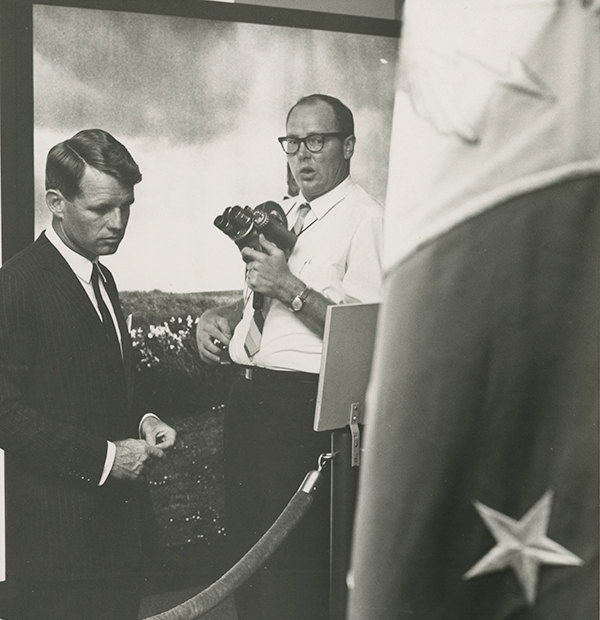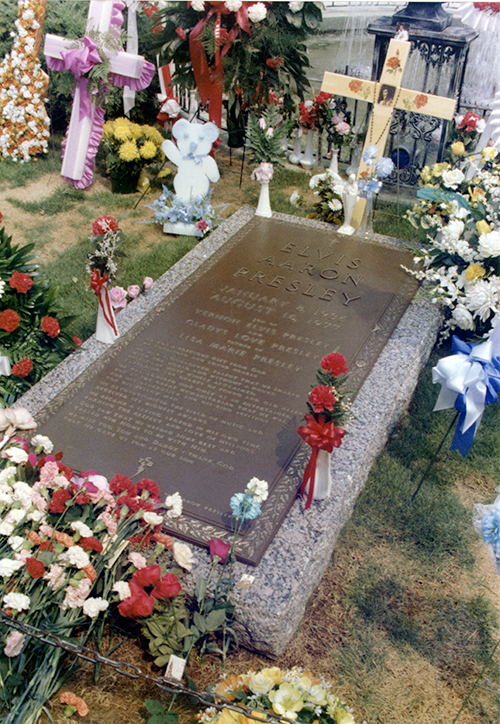Dentures used by the prophet of a utopian society that existed near Florida Gulf Coast University. “Green Book” guides read by Black travelers during the Jim Crow era. A handful of dirt from FGCU’s groundbreaking ceremony Nov. 28, 1995.
The University Archives & Special Collections on the FGCU Library’s third floor offers a cornucopia of such curiosities and a rich resource for research on wide-ranging topics. The University Archives is the official repository of FGCU records and serves as its institutional memory. The Special Collections staff curates and exhibits rare and unique materials documenting the cultural and environmental history of Southwest Florida.
The Koreshan Unity Collection, for instance, preserves artifacts and information from the faith-based colony that set down roots in Estero in 1894 but faded away by the mid-1900s. Committed to communal, celibate life and believing that the universe existed inside the Earth, the eccentric Koreshans have been the subject of several books. Lyn Millner, an FGCU journalism professor, wrote the sect’s first definitive history, “The Allure of Immortality: An American Cult, a Florida Swamp, and a Renegade Prophet.”
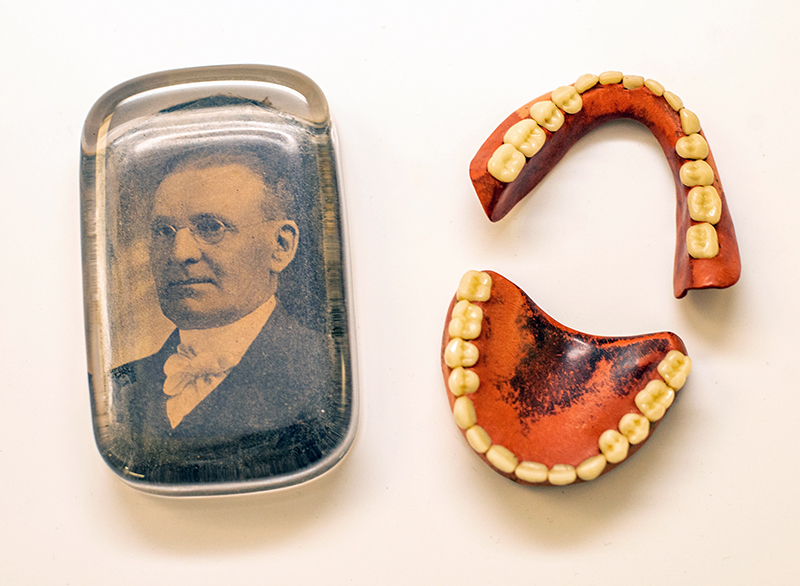
“Hollow-earthers are very popular right now,” quipped Melissa Minds VandeBurgt, the library’s academic and community engagement director. “There are a number of new books coming out about the Koreshans.”
You might also be interested in this story:
FGCU event examines link between Florida cult, Waco tragedy

That includes Jeff Guinn’s “Waco: David Koresh, the Branch Davidians, and a Legacy of Rage.” The cult expert consulted the library’s collection while researching a connection between Koresh and the Koreshans.
Authors aren’t the only people taking advantage of this physical and digital treasure trove. Students in forensic science and primatology classes can study the library’s collection of nonhuman primate skeletons. Lovers of classic Florida can satisfy their kitsch itch by clicking through a digital catalog of vintage Sunshine State postcards, pastel-perfect images of bygone resorts and roadside attractions. Many collections are digitized, so users don’t have to visit the library to access the resources.
“As a public institution, everything we house here is for people to view,” VandeBurgt said. “We have the honor of caring for and preserving these collections. Students can design research papers around them – they can be cited as primary sources.”
The staff expands collections through strategic purchases and has a wish list from which patrons can purchase items on the university’s behalf. FGCU360 asked VandeBurgt, university archivist Victoria Jones and archives coordinator Bailey Rodgers to spotlight more interesting and, well, weird, items in the collections.
‘Green Books’: Relics of Racism
The Racial and Social Justice Collection, which grew out of a yearlong library exhibition on voting rights in Southwest Florida, covers racial and social justice movements from the late 1800s to today. It includes several editions of the “Green Book,” published between 1936 and 1954. This travel guide listed hotels and tourist homes friendly to Black travelers in major cities during the Jim Crow era. Viewers of the recent HBO series “Lovecraft Country” will remember a compelling character compiling such a guide. Others may be familiar with the Academy Award-winning 2018 film “Green Book.”
Other noteworthy items in the Racial and Social Justice Collection include an 1885 letter handwritten by pioneering suffragist Elizabeth Cady Stanton and a typed 1944 letter signed by Eleanor Roosevelt in which she promotes civil rights.
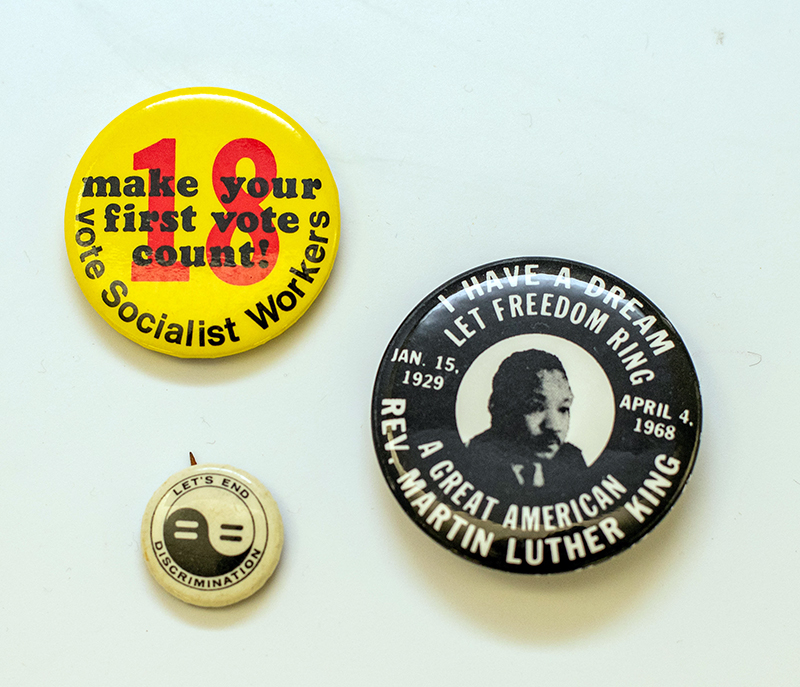
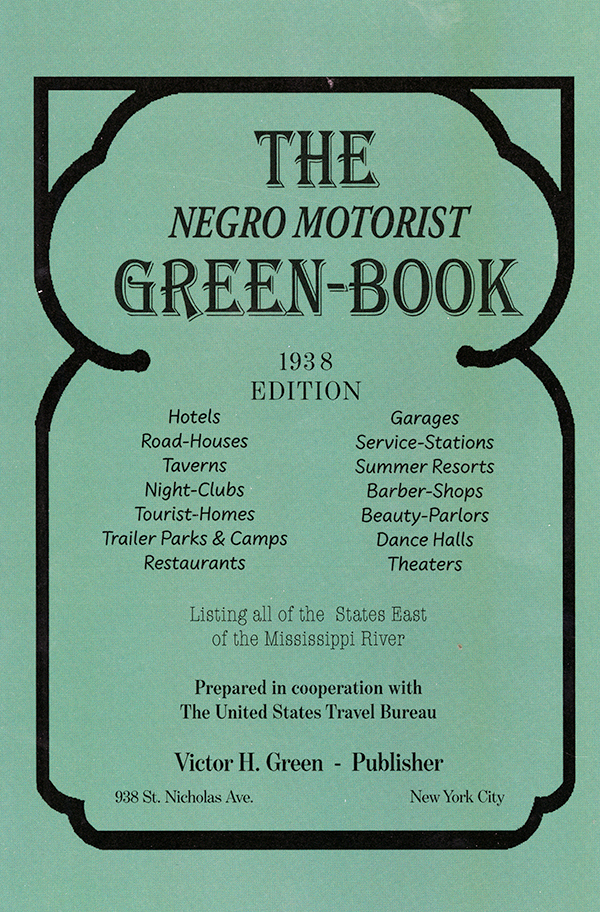
The Koreshans Dreamed of Utopia
The Koreshan Collection centers on a charismatic prophet, Cyrus R. Teed, and his followers, who established their so-called “New Jerusalem” in Estero in 1894. The Koreshan Unity espoused radical ideas such as reincarnation and alchemy and believed Earth was concave. Their utopian society faded after Teed’s death in 1908, and in 1961 the remaining few members deeded their settlement’s 300 acres to the State of Florida. The FGCU collection was a gift from the College of Life Foundation and Koreshan State Park. It includes Koreshan scholarship and publications, musical instruments they played, and yes, Teed’s false teeth.
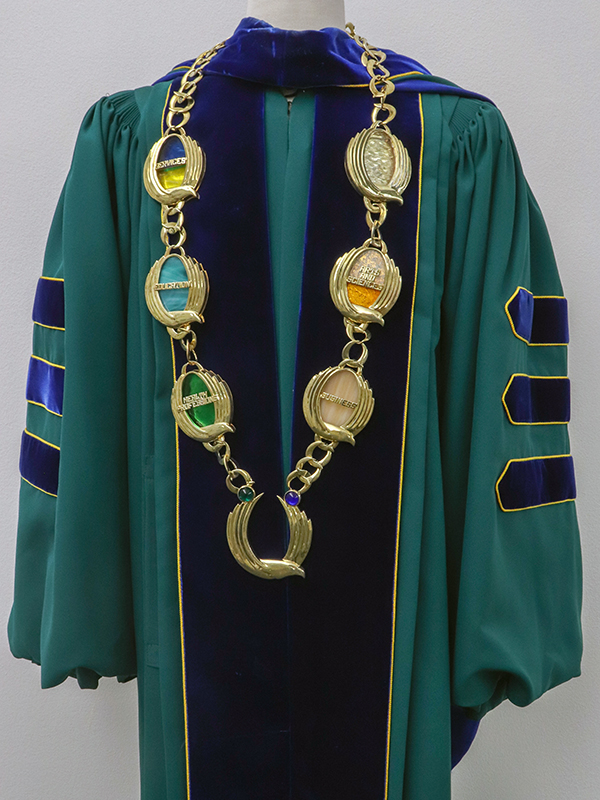
Pieces of FGCU’s Past
Preserving FGCU’s history is part of the University Archives and Special Collections’ mission. It’s not a long history, obviously, but the staff squirrels away significant icons for future generations to unearth, such as a vial of soil dug up during the campus groundbreaking. The “Dunk City” phenomenon – a wild ride into the 2013 NCAA Division I Men’s Basketball Championship’s Sweet 16 – is represented by an official NCAA ball and used basketball net; there’s also a congratulatory proclamation published in the Congressional Record. Another shining example: The commencement bling worn by FGCU’s founding president, Roy McTarnaghan, would make Flavor Flav envious.
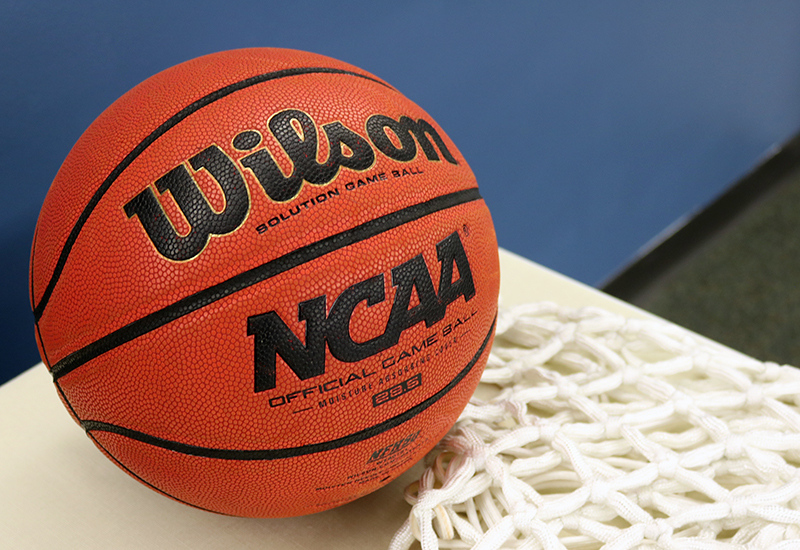
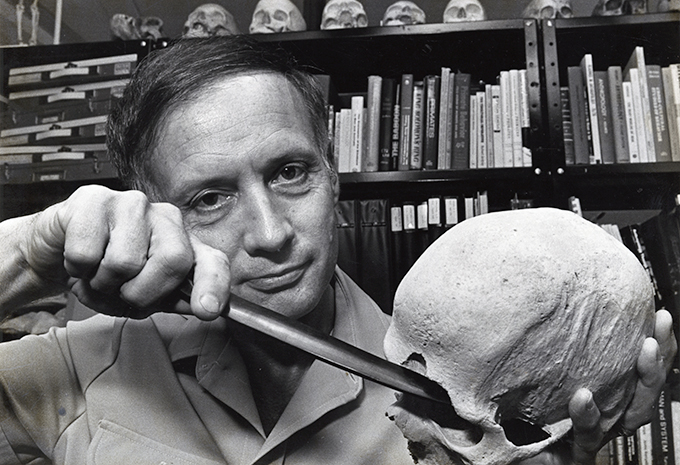
‘The Elephant Man’ and More
The William R. Maples Collection highlights the 1960-97 career of a world-renowned forensic anthropologist who was a mentor and friend to Heather Walsh-Haney, FGCU associate professor of forensic studies. Maples was part of a cold-case team that examined the remains of slain civil rights leader Medgar Evers and produced forensic evidence that helped convict his killer. Maples consulted in many high-profile cases, including an investigation of an exhumed skeleton proved to be that of Spanish conquistador Francisco Pizarro, who was assassinated in 1541. Maples’ reconstruction of Pizarro’s skull is in the FGCU collection, as are x-rays and photos of the skeleton of Joseph Merrick, the subject of the film “The Elephant Man.”

Zines Zero in on Hot Topics
Zines – do-it-yourself magazines – are alternative publications usually produced inexpensively by political, social or counterculture movements to share news and information. The FGCU collection includes Riot Grrrl zines from an artists’ collective with roots in the punk/grunge music scene. It covers topics such as feminism, racism, rape culture and gender issues. VandeBurgt started collecting local and national zines in 2017. “We were looking at ways of creating collections that represent all people who live in Southwest Florida,” she said. “One of the gaps was there was not a whole lot of LGBTQ representation in the archives. Zines were another way of collecting those personal stories.”

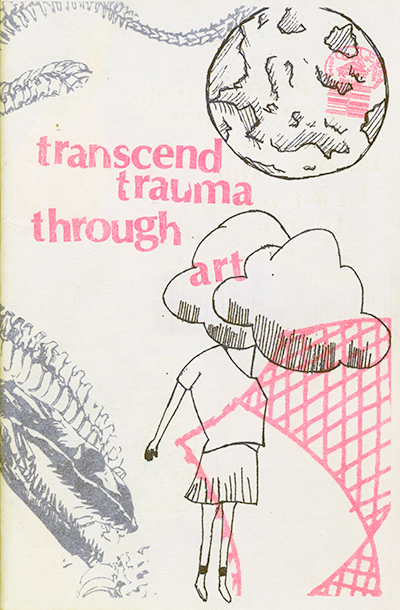

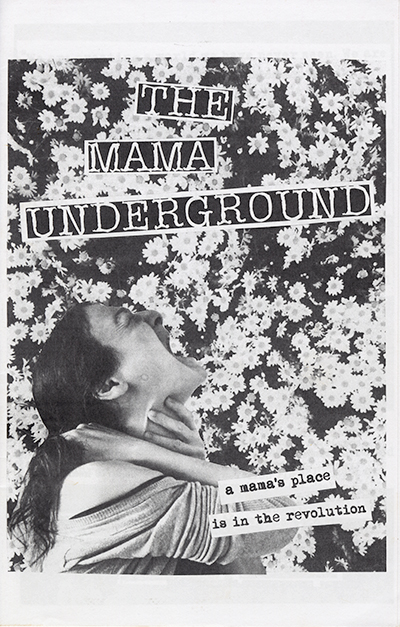
Art By the Book
At the opposite end of the spectrum from street zines are artists’ books, which can be meticulously sculptural. Some begin as bound volumes upon which artists apply paint or affix found objects; others are original printed works that play with the traditional form of books.
Either way, they can become high-end objets d’art that fetch millions or wind up in museums.
FGCU’s 28 artists’ books represent the more modest end pricewise but are no less creative in method, material and message. “If you like art and you like books, they’re a happy little marriage,” Rodgers said. “They’re exquisite.”

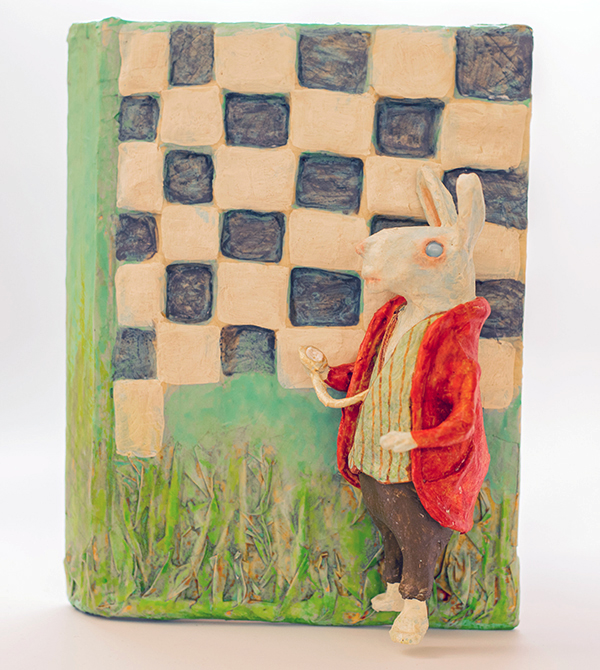
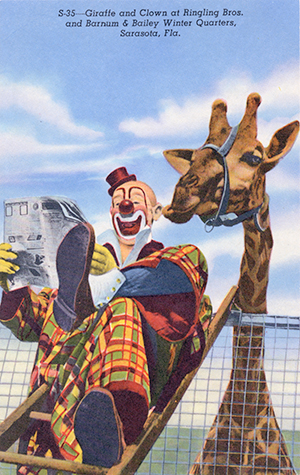
Postcards From the Past
Some of the Sunshine State’s signature roadside attractions are faded memories now, so the hundreds of pastel postcards in FGCU collections represent an important historical link. Interestingly, many postcards were not printed on paper back in their heyday.
“They were better made then – they were printed on linen,” VandeBurgt said.
“You can actually feel the woven fibers. They hold up much better, and they take on this beautiful hue.”
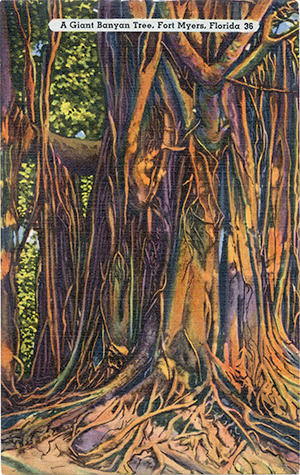
A Nose – and an Eye – for News
Photojournalist Charles A. Ray captured indelible images from the 20th century’s second half – Vietnam War protests, the Kennedy clan and Elvis Presley’s funeral, to name a few. After retiring to Sanibel Island, he donated many prized photographs and film negatives to FGCU. One of the most historically significant moments he caught on film: the Apollo 1 launch Jan. 27, 1967. Three astronauts were killed when a fire swept through the command module. “Charlie was one of the photographers allowed to be on the bridge when they were walking in,” said VandeBurgt. “He may have taken the last photograph of them.”
